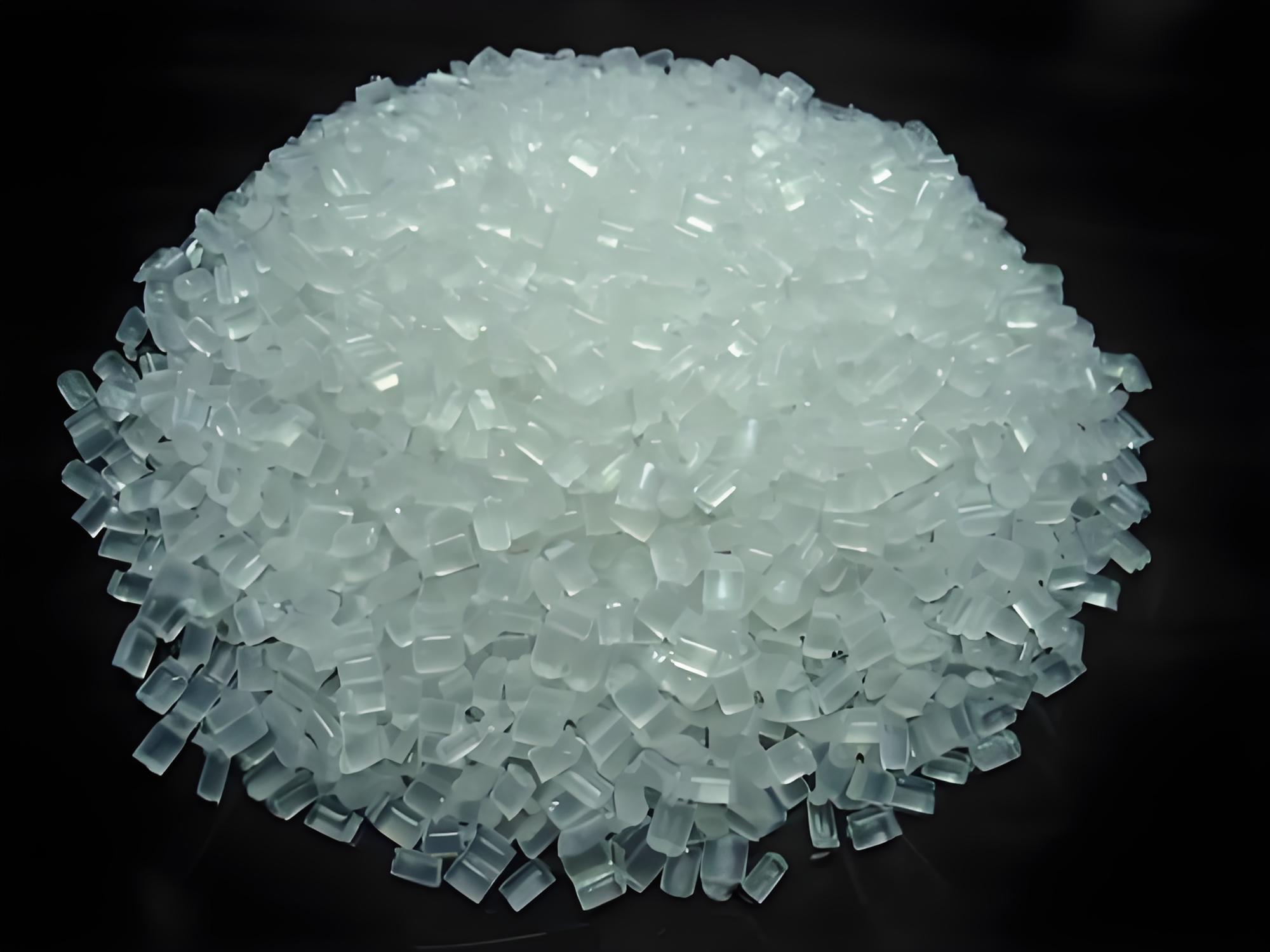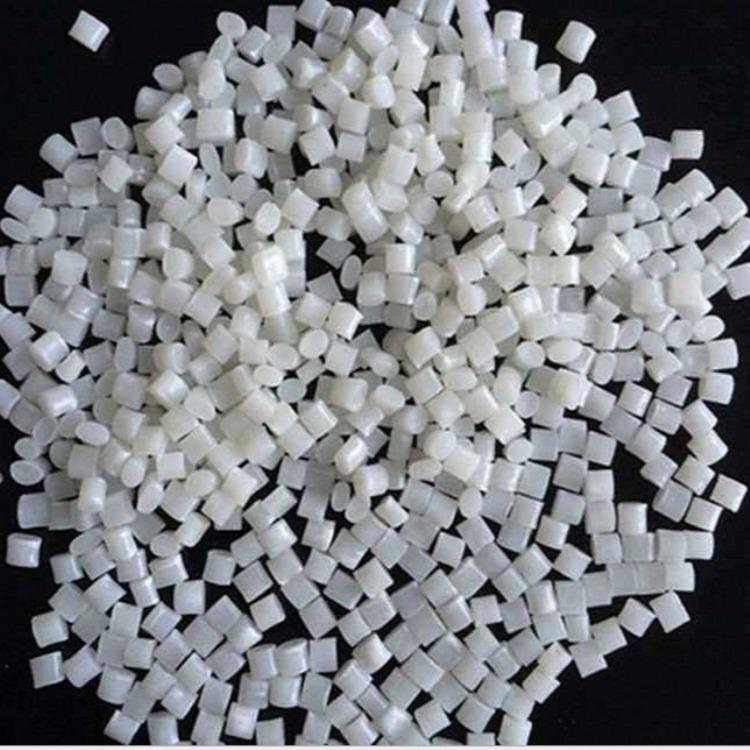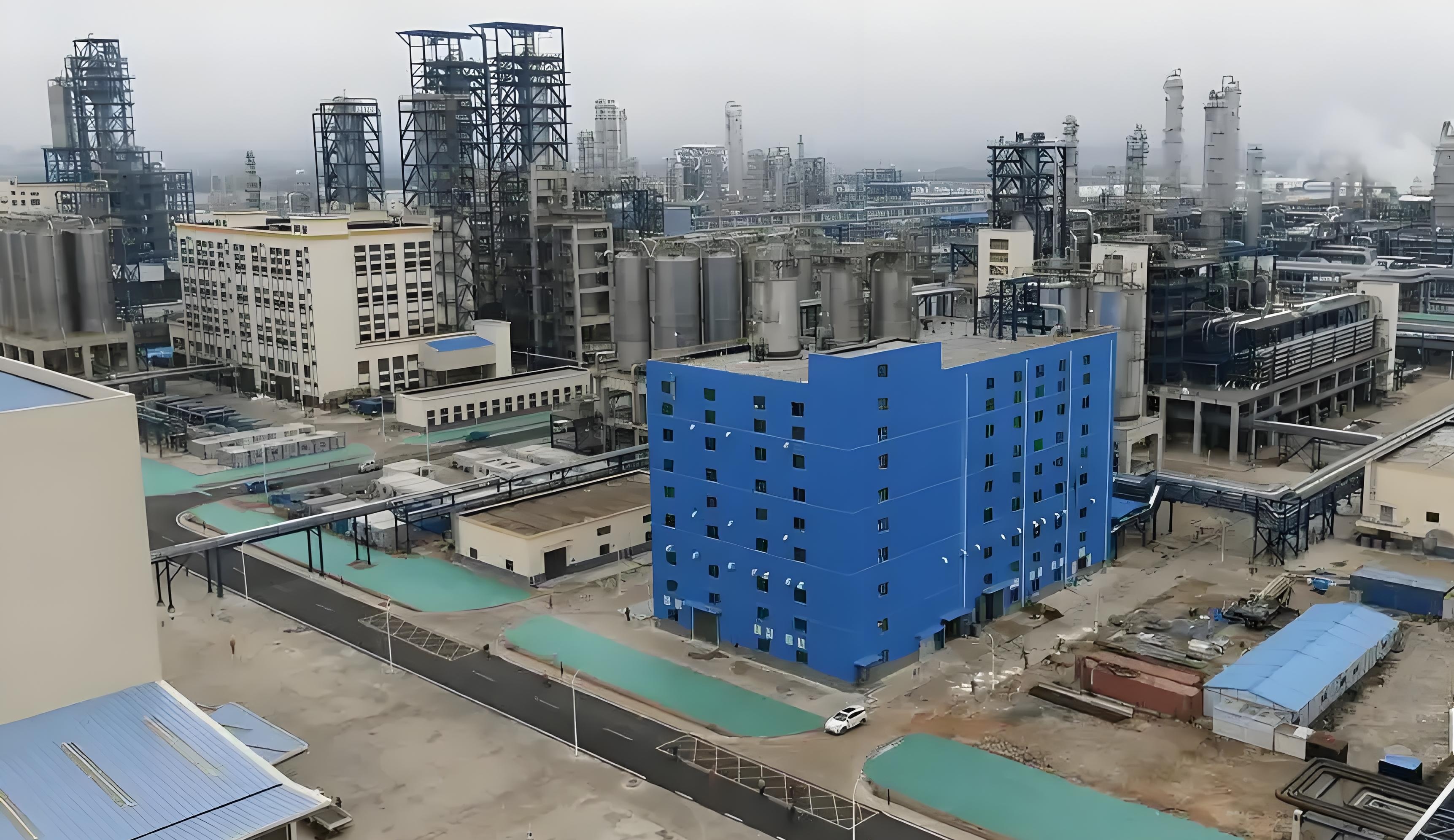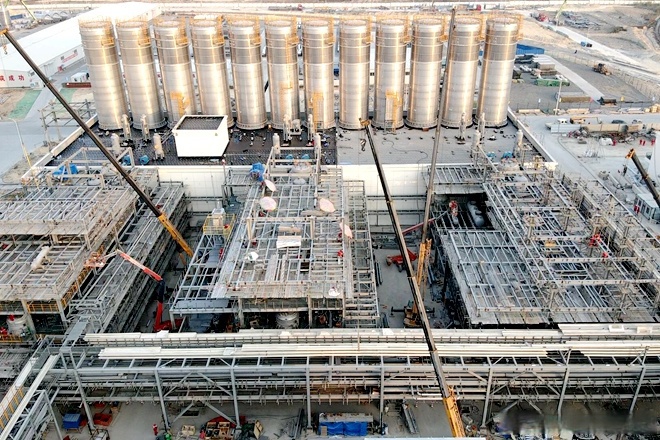Polystyrene PS pneumatic conveying
Shandong Dongkai can provide turnkey projects for the process demonstration, design, equipment production, equipment installation, and system debugging of polystyrene PS pneumatic conveying systems based on the actual production and on-site layout of polystyrene PS materials.
Polystyrene (PS) is a polymer synthesized by free radical polymerization of styrene monomers, with the chemical formula (C8H8) n. It is a colorless and transparent thermoplastic with a glass transition temperature above 100 ℃, excellent insulation, and transparency, widely used in fields such as organic glass, ABS resin, electronic appliances, and other engineering plastics.
Physical and chemical properties:
Decomposition temperature: 30~80 ℃
Refractive index n20/D: 1.5916
Dielectric constant: 24.0
Melting point: 240 ℃
Relative density (water=1): 1.04-1.13 (amorphous density 1.04-1.06 g/cm3, crystal density 1.11-1.12 g/cm3)
Flash point: 345-360 ℃ (cloud like flash point of polystyrene dust)
Spontaneous combustion temperature: 427 ℃
Glass transition temperature of polystyrene: 80-105 ℃ (including 100 ℃ (or 105 ℃) for amorphous polystyrene and 100 ℃ for isotactic polystyrene)
Conductivity: 10-16 S/m
Thermal conductivity: 0.08 W/(m · K)
Young's modulus: 3000-3600 MPa
Tensile strength: 46-60 MPa
Elongation length: 3% to 4%
Charpy impact test: 2-5 kJ/m2
Thermal expansion coefficient: 8 × 10-5/K
Heat capacity: 1.3 kJ/(kg · K)
Water absorption rate: 0.03% to 0.1%
Degradation temperature: 280 ℃
Electrical resistivity: 1020-1022 Ω· cm.
Polystyrene is colorless and transparent, capable of free coloring, with a relatively low relative density, similar to polypropylene (PP) and polyethylene (PE), and has excellent electrical properties, especially good high-frequency characteristics, second only to F-4 and PPO. In addition, it is second only to methyl acrylic resin in terms of photostability, but its radiation resistance is the strongest among all plastics. The most important feature of polystyrene is its excellent thermal stability and flowability during melting, making it easy to shape and process, especially injection molding, which is suitable for mass production. The molding shrinkage rate is small, and the dimensional stability of the molded product is also good.
Mechanical properties:
Polystyrene molecules and their aggregated structure determine that they are a class of rigid and brittle materials, exhibiting brittle fracture under stress.
Thermal performance:
The characteristic temperatures of polystyrene are: brittleness temperature of around -30 ℃, glass transition temperature of 80-105 ℃, melting temperature of 140-180 ℃, and decomposition temperature of over 300 ℃. Due to the significant decrease in mechanical properties and poor heat resistance of polystyrene with increasing temperature, the continuous use temperature is around 60 ℃, and the maximum temperature should not exceed 80 ℃. The thermal conductivity is low, ranging from 0.04 to 0.15 W/(m · K), and it is almost unaffected by temperature changes, thus having good insulation properties.
Electrical performance:
Polystyrene has excellent electrical properties, with volume resistivity and surface resistivity reaching 1016-1018 Ω· cm and 1015-1018 Ω, respectively. The dielectric loss tangent value is extremely low and is not affected by frequency, environmental temperature, and humidity changes, making it an excellent insulation material.
Optical performance:
Polystyrene has excellent optical properties, with a transmittance of 88% to 92% and a refractive index of 1.59 to 1.60. It can transmit visible light of all wavelengths, and its transparency is second only to acrylic polymers such as organic glass in plastics. However, due to the poor weather resistance of polystyrene, it may become cloudy and yellow when exposed to sunlight and dust during long-term use or storage. Therefore, when using polystyrene to make high transparency products such as optical components, it is necessary to consider adding appropriate types and amounts of anti-aging agents.
Chemical properties:
Good corrosion resistance, poor solvent resistance and oxidation resistance.
Polystyrene is resistant to various alkalis, salts, and aqueous solutions, and is also stable to lower alcohols and certain acids (such as sulfuric acid, phosphoric acid, boric acid, hydrochloric acid with a mass fraction of 10% to 30%, acetic acid with a mass fraction of 1% to 25%, formic acid with a mass fraction of 1% to 90%). However, concentrated nitric acid and other oxidants can destroy it.
Polystyrene can be dissolved in many solvents with similar solubility parameters, such as acetone, tetrachloroethylene, styrene, benzene, chloroform, xylene, toluene, carbon tetrachloride, methyl ethyl ketone, esters, etc. It is insoluble in mineral oil, fatty hydrocarbons, ether, phenol, etc., but can be swollen by them. Many non solvent substances, such as higher alcohols and oils, can cause stress cracking or swelling of polystyrene.



